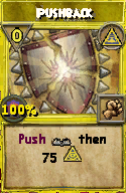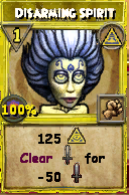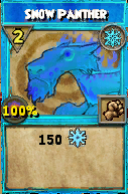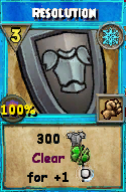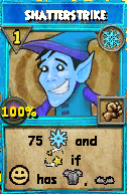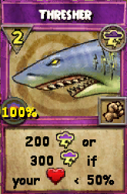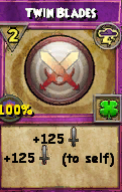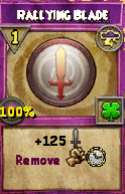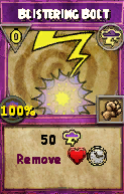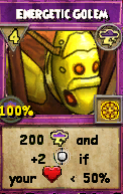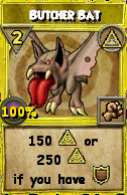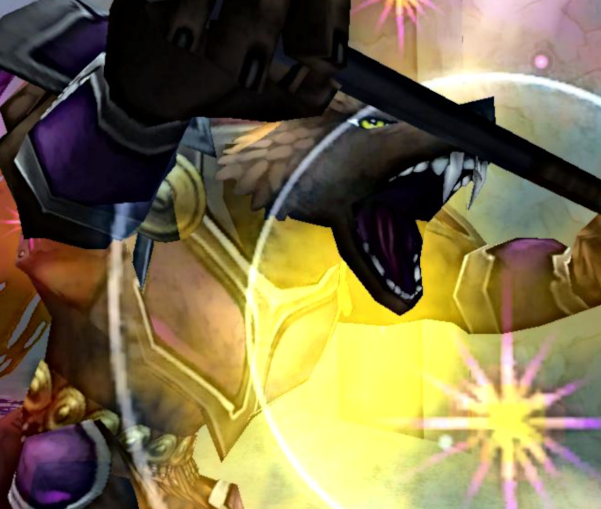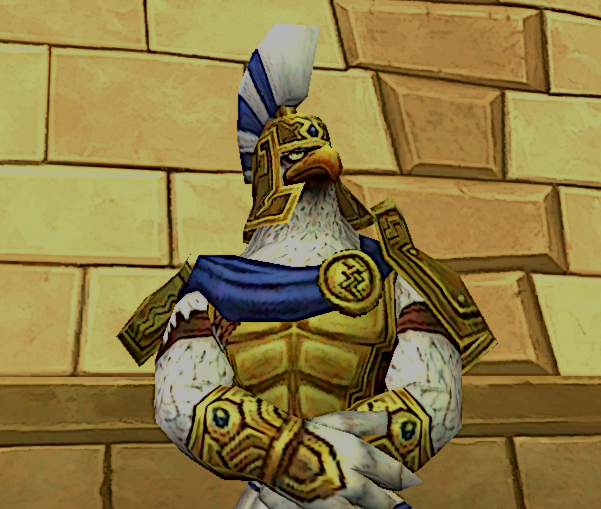October 28, 2022 October 29, 2022
Solving Wizard101
Beastmoon Puzzles
My idea with this article is to make Beastmoon “puzzles” similar to chess puzzles. These puzzles should double as interesting exercises for Beastmoon players and ways to teach some basic and advanced Beastmoon combat ideas. Even for non-Beastmoon players, considering these puzzles could allow you to think more creatively about PvE, PvP, Deckathalon, or any Wizard101 battle system.
Note: Some of this content will be outdated, as the article was written in late 2021/early 2022
How will these Beastmoon Puzzles work?
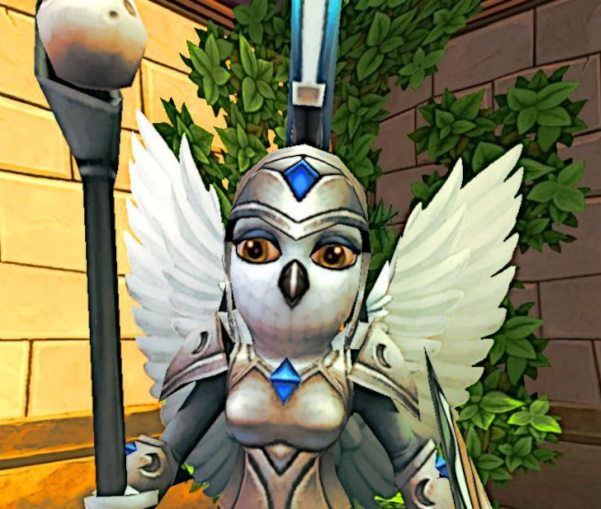 If you’re unfamiliar with chess puzzles, the idea is to find a continuing move that either gives one side significant advantage or outright wins the game. The premise is the same in these Beastmoon puzzles: I’ll give you a battle situation, a set of cards to choose from (and sometimes the ability to direct a teammate), and your job is to find a winning move for your team and most optimal continuation for both sides. Unless otherwise indicated, it should be assumed that you can draw any card you need enough rounds into any theoretical continuation, and that your partner and opponents will be able to do the same (i.e., no considering deck fails, though you should try to work with your starting hand early on). It should also be assumed unless otherwise indicated that all players are max tier on their respective beast form. Each puzzle in this set is derived from a real situation I found myself in during a Beastmoon Hunt match.
If you’re unfamiliar with chess puzzles, the idea is to find a continuing move that either gives one side significant advantage or outright wins the game. The premise is the same in these Beastmoon puzzles: I’ll give you a battle situation, a set of cards to choose from (and sometimes the ability to direct a teammate), and your job is to find a winning move for your team and most optimal continuation for both sides. Unless otherwise indicated, it should be assumed that you can draw any card you need enough rounds into any theoretical continuation, and that your partner and opponents will be able to do the same (i.e., no considering deck fails, though you should try to work with your starting hand early on). It should also be assumed unless otherwise indicated that all players are max tier on their respective beast form. Each puzzle in this set is derived from a real situation I found myself in during a Beastmoon Hunt match.
Unlike in chess where you can respond to opposing moves on reaction, some situations in Beastmoon are unreactable (i.e., optimal moves are based on prediction). While this adds a certain depth to the relative strength of certain positions, it also can make an objective “best move” unclear. I’m going to provide what I consider the optimal move in each puzzle as well as an explanation, but not every situation will be completely black and white (though some will be).
The following section is meant for those who want to brush up on Beastmoon battle strategy and concepts:
Targeting
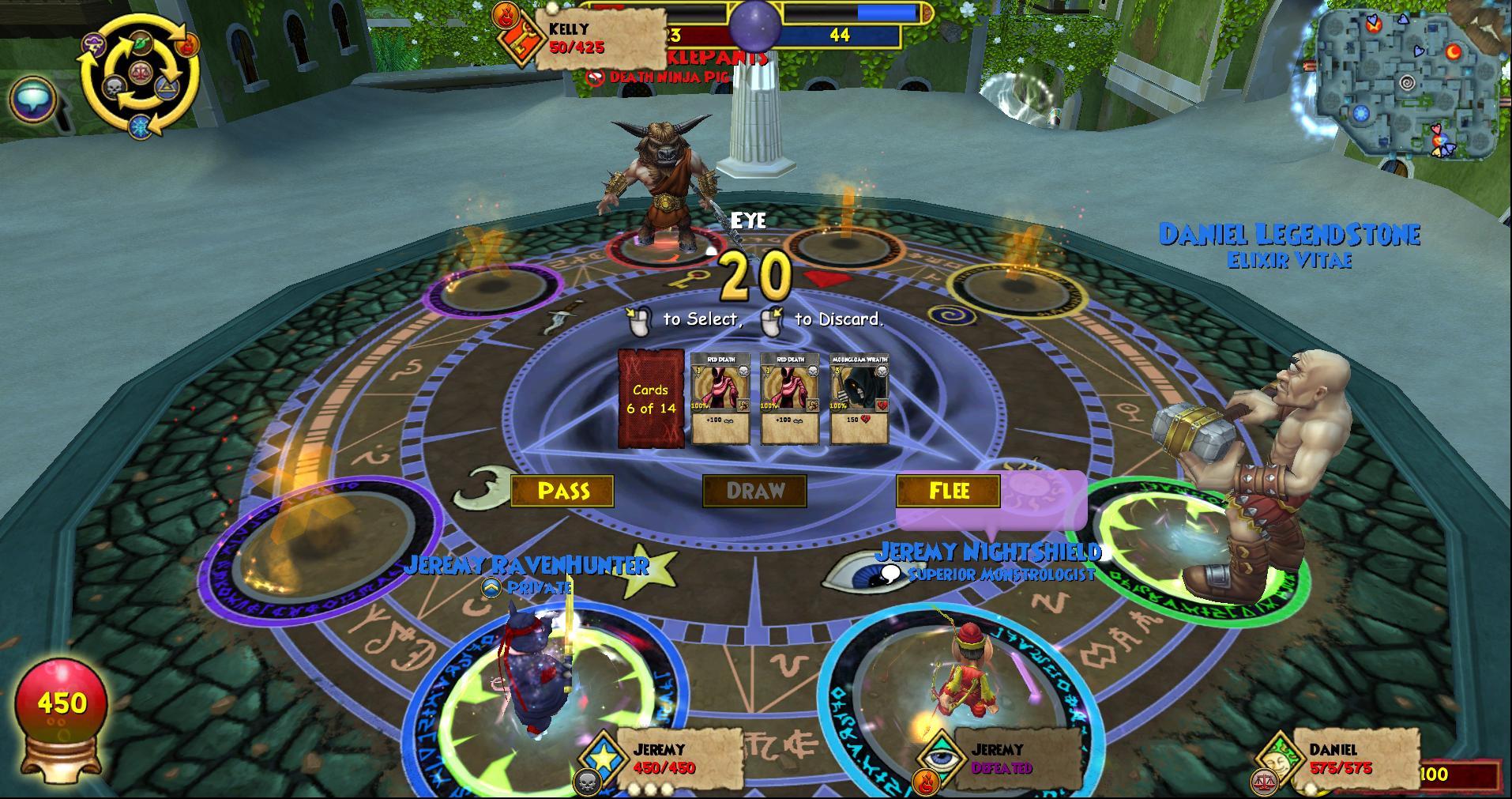
Targeting refers to which player is going to be targeted with damage spells. Generally in Beastmoon, defeating opponents one at a time is the most surefire way to win; even a single round of having more players alive on your team than your opponent’s can set your team up for a winning endgame. Picking which target to take down first comes down to the relative pip levels, offensive threat, and position (see below) of the opposing players.
Resource Management
When you take down an opposing player, you want to do so while using the least resources (I.e., pips). This typically equates to minimizing overkill (aka extra damage on top of what is needed to defeat an opponent). This is critical because using fewer resources to defeat one opponent means you have more left over to defeat the other opponents, giving your team stronger endgame chances.
Position
As anyone who has played Beastmoon knows, the turn system uses a snake format. I’ll describe it briefly here:
- Within each round, teams alternate casting order; referencing the battle circle image above (if the circle were filled), the order would be
- Sun (Balance Cyclops; Blue 1)
- Dagger (Open; Red 1)
- Eye (Fire Elf; Blue 2)
- Key (Fire Minotaur; Red 2)
- Star (Death Pig; Blue 3)
- Ruby (Open; Red 3)
- Moon (Open; Blue 4)
- Spiral (Open; Red 4)
- Next round, the teams alternate order; in the scenario described above, the Red team would go first the following turn (i.e., Red 1, Blue 1, Red 2, etc.)
This turn order results in a few things. First, the first position on each team is the most powerful position because it will never act later than second overall in a given turn. This is incredibly important in the early game of a battle since it can dictate who to target and how many actions (see below) each player will get. Second, being ahead of an opposing play in position (ex: first position red vs 2nd position blue) means you will always move before them on any given turn (I call this being “in position” if you move first, or “out of position” if you move second). This is incredibly important in the endgame as going first is a huge advantage in any battle. Finally, being in the same position as an opponent means you will each act twice before the other gets to act. This is crucial in the mid and endgames. Notably, this double action trading in an endgame 1v1 can lead to certain forms being unable to counter hanging effects (ex: death rat uses Ambush and then attacks before a Myth drake can remove the trap). Also notably is that this “double turn” scenario blocks chain stuns in a 1v1, which can make it unfavorable for some forms (ex: Storm Wolf might prefer being out of position to being equal position in an endgame 1v1).
Actions
Because of the snake turn system, player actions and team turns are not equivalent: turns refer to how many times a player selects a card, while an action is how many times they are able to cast a spell. The distinction is crucial: understanding when you need to counter or attack an opponent and when you are free to wait is essential to both these puzzles and Beastmoon as a whole. For example, defeating an opponent on round 1 after they get 1 action is much different than defeating an opponent on round 1 when they get 0 actions, and can be the difference between setting your team up for a winning or losing endgame.
Hanging Effect Conversion
When I say this, I’m referring to converting hanging effects into damage. Hanging effects (in Beastmoon (i.e., blades, traps, shields, weaknesses, DoTs, and HoTs) can be thought of as unused manipulatable damage. Hanging effects are conceptually weaker than plain damage because of their manipulability, and therefore can have slightly more power or library utility than equivalently valued damage or heal spells (ex: Storm Krok’s Twin Blades has 250 damage points worth of value while its 2-pip attacks have 200 damage points worth of value; Death Pig has a 100 damage value trap for 1 pip while lacking a 1 pip attack). Converting your hanging effects to damage to optimize your offensive output and punishing opponents for over-extending with their hanging effects is essential both in Beastmoon battles and in the puzzles below.
A common phrase I’ll use relating to hanging effect conversion is “effective health.” This is fairly straightforward and relates to defensive hanging effects. For example, if I have 200 health, a -75 shield on myself, and a -25 weakness on my opponent, I would have 300 effective health.
Now, enjoy the following puzzles!
Beastmoon Puzzle 1
Early Game Balance Cyclops 2v2
Beastmoon Puzzle 2
Mid Game Myth Draconian 2v2
Beastmoon Puzzle 3
Late Game Balance Wolf 1v1
Beastmoon Puzzle 4
Late Game Death Pig 1v1
Beastmoon Puzzle 5
Early Game Ice Elf 3v3
Click on the above yellow tabs to display more info!
So, those are my puzzles. As an end note, I want to mention that while I may relate these puzzles to chess, their solutions are often more akin to poker strategy because of the predictive requirements. In poker, modern theory dictates that you should choose when and how to bet according to game theory in order to be as un-exploitable as possible. Essentially, the idea is that players should mix up betting strategies to be less predictable to their opponents, and that the optimal rates at which you should make certain bets is dictated by a field of mathematics known as game theory. Game theory also makes a lot of sense when applied to Beastmoon: if a situation requires predicting your opponent’s move to secure a win, there is an optimal rate at which you should be making certain moves each time you’re put in the same (or a sufficiently similar) position.
While there are many reasons I think it would not be worthwhile to explore using game theory in Beastmoon (the most obvious being that very few if any players are playing optimally as a team in Beastmoon, meaning “exploitative play” is more effective than “game theory optimal” play), I think considering its applications in this context is enlightening. Of course, potential applications of game theory don’t erase the parallels to chess. Instead, it adds to the depth of these puzzles.
I hope you found these interesting and learned a bit more about Beastmoon strategy. I hope to make some more of these puzzles eventually.
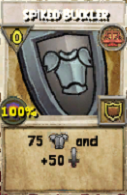


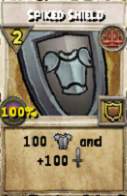
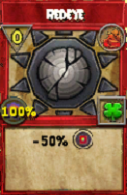
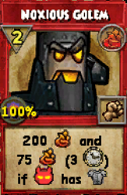
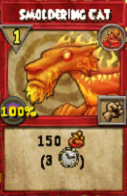
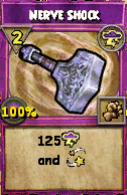
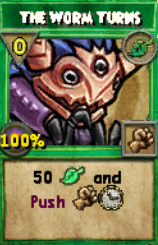 Target:
Target:  Target:
Target: 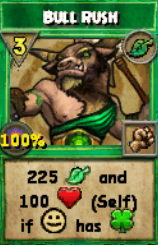 Target:
Target: 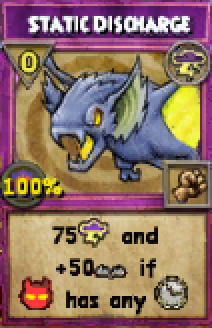 Target:
Target: 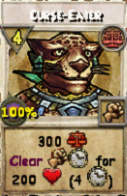 Target:
Target: 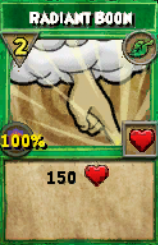 Target:
Target: 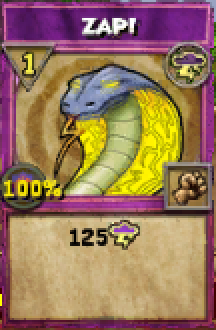 Target:
Target:  Target:
Target: 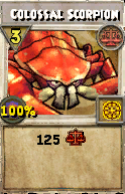
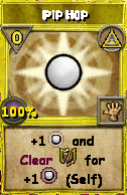
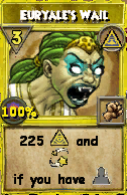
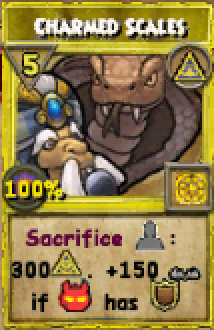
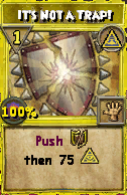
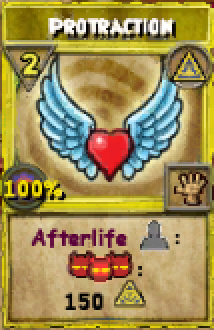
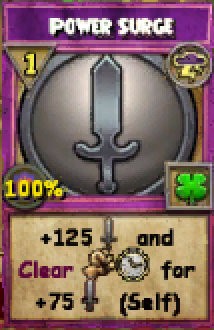
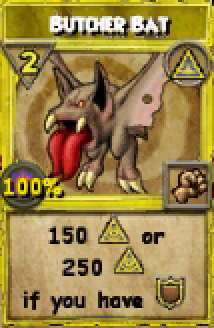 wondering why I didn’t choose the obvious Euryale’s Wail + Bluster Blast. The simple reason is that this sets up an endgame that is equal at best against the
wondering why I didn’t choose the obvious Euryale’s Wail + Bluster Blast. The simple reason is that this sets up an endgame that is equal at best against the 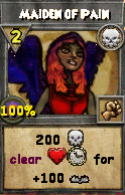
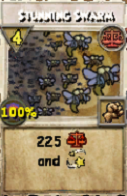 instead of the out of position
instead of the out of position 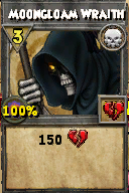
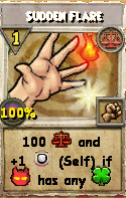
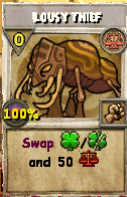

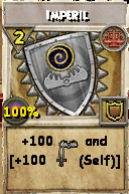
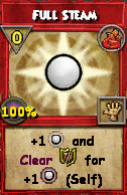
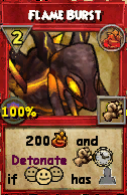 To understand this, you need to understand each player’s kill solution. The
To understand this, you need to understand each player’s kill solution. The  2 actions, faster than the
2 actions, faster than the 
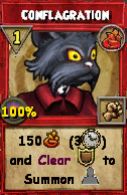
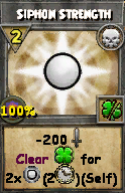
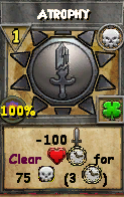
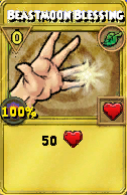
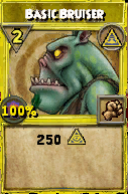 will take the
will take the 